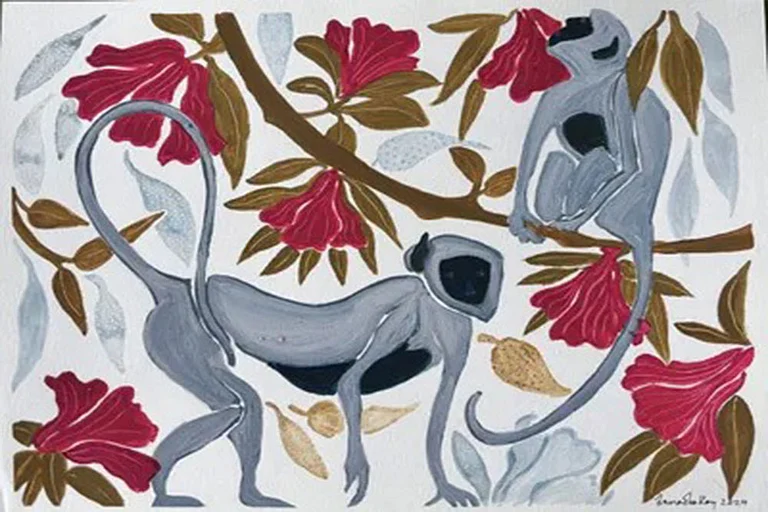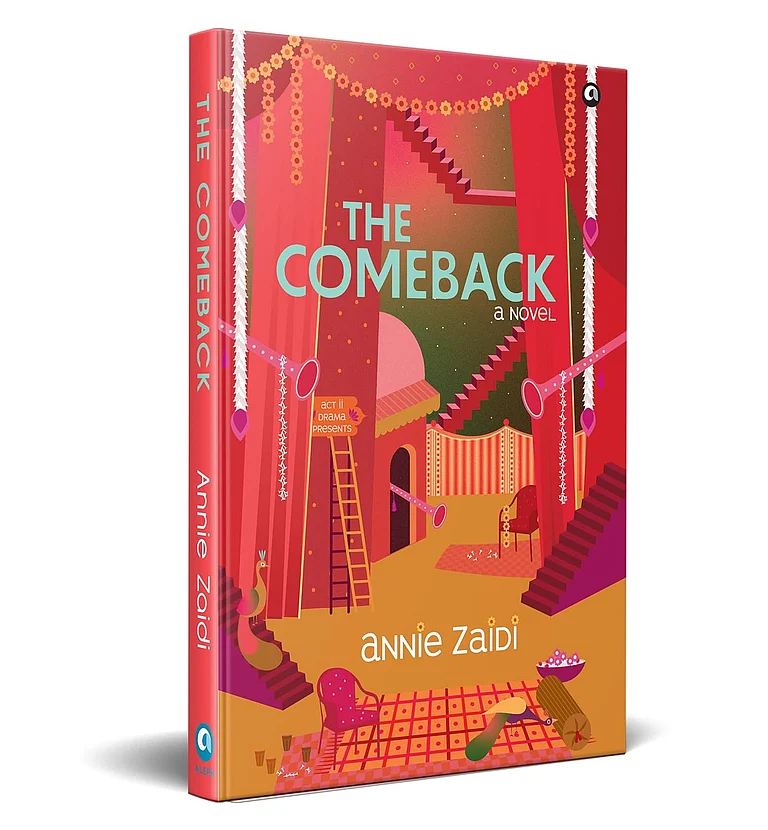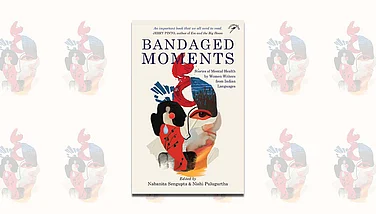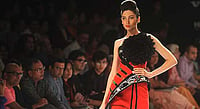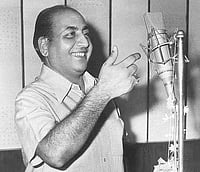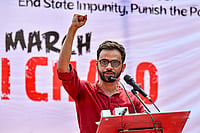This book could set a trend, kicking off a new series. Many greats in varied fields shrink from the thought of a biography and will not consider the idea of commissioning or collaborating on one. Soumitra Chatterjee is one among them, as he admits in a note at the start of the book. Focusing on his work, and delineating twenty of his best roles out of a huge body of work, seems an alternative that he was easier with. And indeed, though it might ruffle some who would prefer a different selection to the 20 here, or wish the number was closer to 50, the fact remains that the ones the actor has chosen do selectively represent the spectrum of his work through a illustrious career.
Unlike many great talents from Bengal who wandered out of the state to find the national limelight in Bombay and Hindi films, Soumitra confined himself to Bangla films. Yes, he won international acclaim thanks to his long and enduring association with Satyajit Ray and with other directors who found their place in world cinema, but most non-Bengali film-goers would not have seen all, or most of the twenty films discussed here. To them, Soumitra is Apu, first and foremost.
Soumitra and Nag discuss nineteen other roles, each of which shows the actor in a new and different light. As one goes from one film to another, reading first the storylines and then the role Soumitra played, many aspects of the actor shine through. Thus we learn of Soumitra’s great discipline and dedication to his art. Of his ability to study a character that he has to play from many angles, to get under its skin, to live the subtext even as he brings the role to life on screen.
For example, in Jhinder Bandi, where he plays a villain, he invests the role with enough charisma to make his villainy both believable and irresistible. “The script calls for Mayurbahan to laugh loudly, and this was his characteristic trait...so I kept this in mind and practised a laugh that seemed to belittle others”, he says. Again, in Abhijan, where he’s cast as a Rajput driver, despite his fine, aristocratic features and demeanour, the actor changed his body language, consciously spoke with a heavier voice and threw in Hindi words to effect a realism that took away the distraction that bad makeup and an obviously false beard could create in the audience’s mind. For a period film, he works on his handwriting, and finds that the changes he makes in the shaping of letters is then a permanent one, which changes his handwriting in real life.
Roles as varied as a Brahmin who hopes his wiles will help him feed off a village in Ashani Sanket to Coach Khitida, for which he adopts an inexpensive Panjabi-dhoti worn in typical style. To play a man confined to a wheelchair, Soumitra says he practised using a wheelchair for months. Reading through the many chapters, watching the actor morphing into roles most actors never dream of doing, one sees glimpses of other greats. For instance, like Dilip Kumar, better known for his tragic roles, Soumitra too has a flair for comedy and like Pran, he never plays the same screen person twice; like Marlon Brando, he can span an entire life in a two-hour film, and like Lawrence Olivier, his entire psyche, facial features and body language can adapt to a role.
The book is a valuable insight into the technique and work of a consummate artiste, and being the first in English, will acquaint a wider readership with Soumitra’s oeuvre and of the wonderful directors who drew out the best from him.








